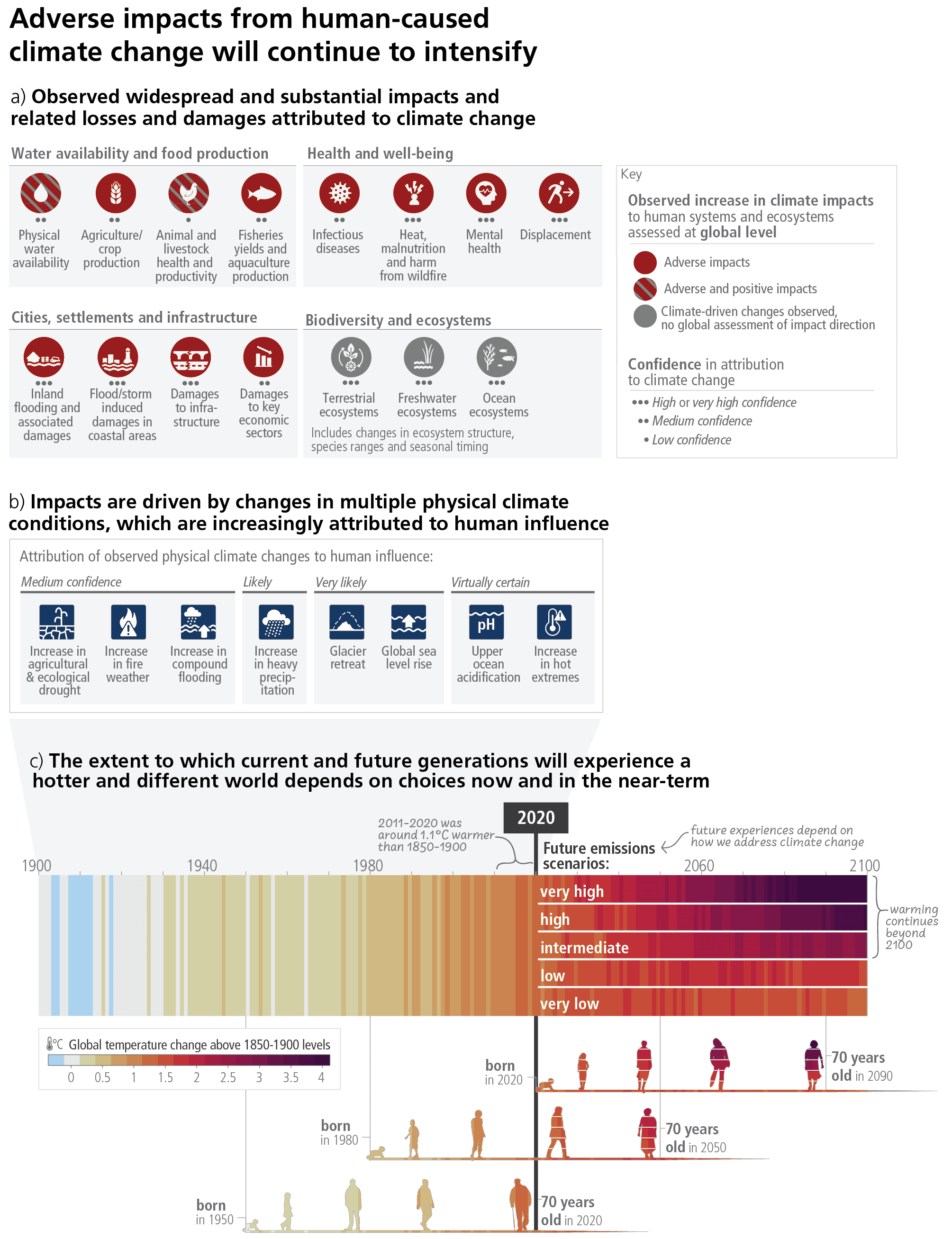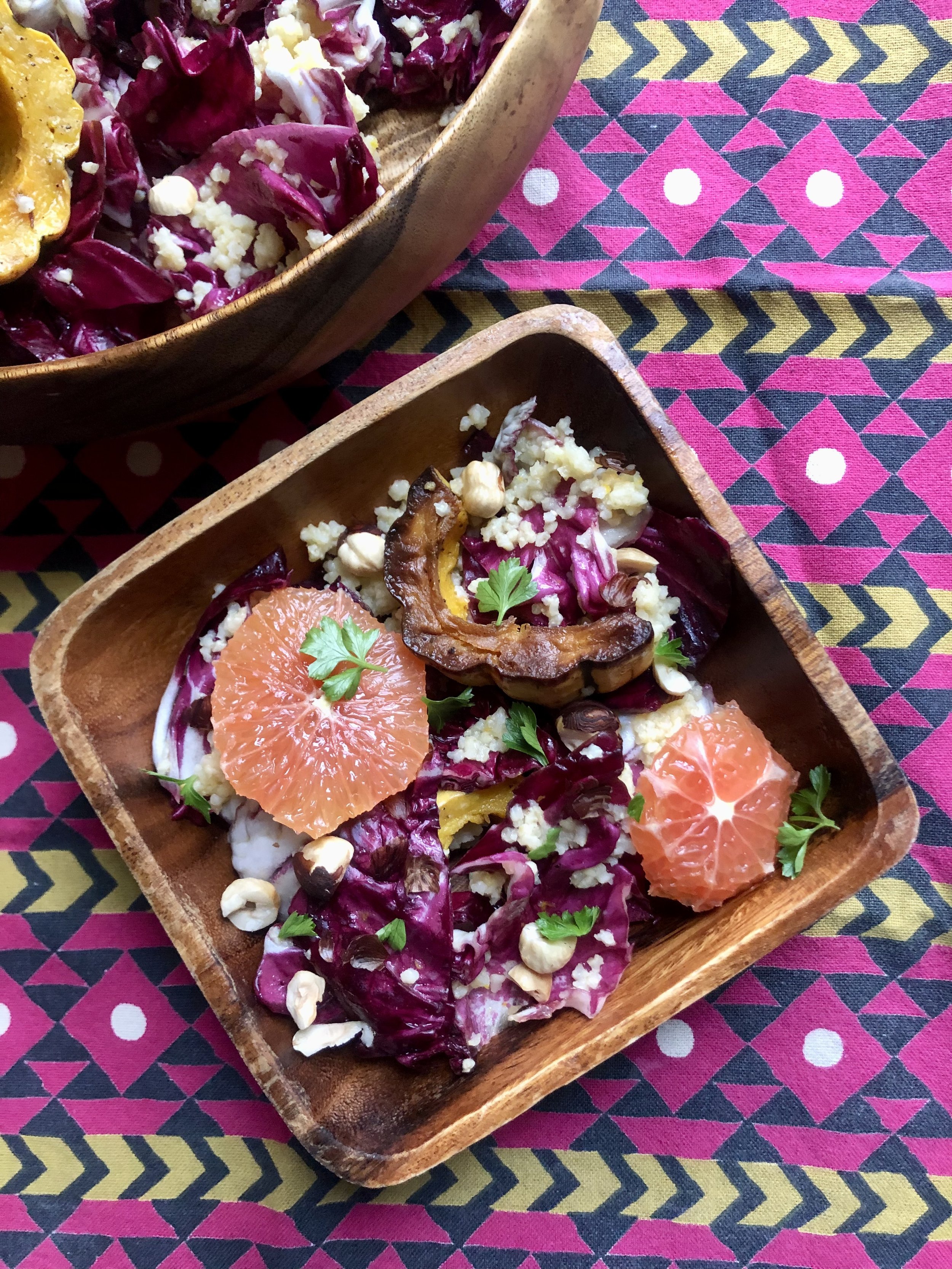In John Steinbeck’s 1953 essay, The Making of a New Yorker, he wrote: “New York is an ugly city, a dirty city. Its climate is a scandal, its politics are used to frighten children, its traffic is madness, its competition is murderous. But there is one thing about it – once you have lived in New York and it has become your home, no place else is good enough.”
I have traveled to over 60 countries, visited just about every state in the United States, and lived in 9 of them – 4 in the near corners of the country (Arizona, Georgia, New Hampshire, Washington), and moved 25 times since meeting my partner 30 years ago. It is reasonable to assume I have seen my fair share of people, places, and landscapes. Yet, still, New York is good enough, at least for me. It is always in flux—changing, gentrifying, molding in both ambitious and merciless ways. The constant liquescency and, at the same time, the unyielding character of the city is home.
Having been here for almost a month now, it isn’t the same city as when we first moved here in early 2000. It isn’t necessarily better or worse. It metamorphosed in some ways and remains utterly unvarying in other ways. Watching the documentary, Meet Me in the Bathroom, about the early naught NY resurging music scene, takes me back to my younger self, when we saw a ton of live music, ate out probably way too much, and took in everything we could.
This second go-around will be a bit different, I suspect. I think, and hope, we will be here a good long while (I don’t want to move for the 26th time). New York will be where we occupy our 50s and 60s. I have elaborate plans to be the quiet academic, the routine professor. I want to frequent my neighborhood restaurants and bars “where everybody knows your name…” Days will consist of stellar meals and drinks (we already had some delicious meals near our apartment, like Sushi W, Ortomare, Osteria 106, Calaveras, Rosies, and Flor de Mayo – nothing that requires booking months in advance…), books, movies, live music, and lots of walks.
We are starting our Maphattan* project again – in which we walk every city street of Gotham. A decade has passed, and we won’t do too much research this time. It will be more zen: reflecting and flaneuring with some tentacles into the other 4 lovely boroughs. To kick it off, we did a 9.5 miler today in our own hood: 98th to 109th Street on the west side.
*Our Maphattan Project is named after the Manhattan Project established by Oppenheimer, who lived in our hood on 155 Riverside Drive.















